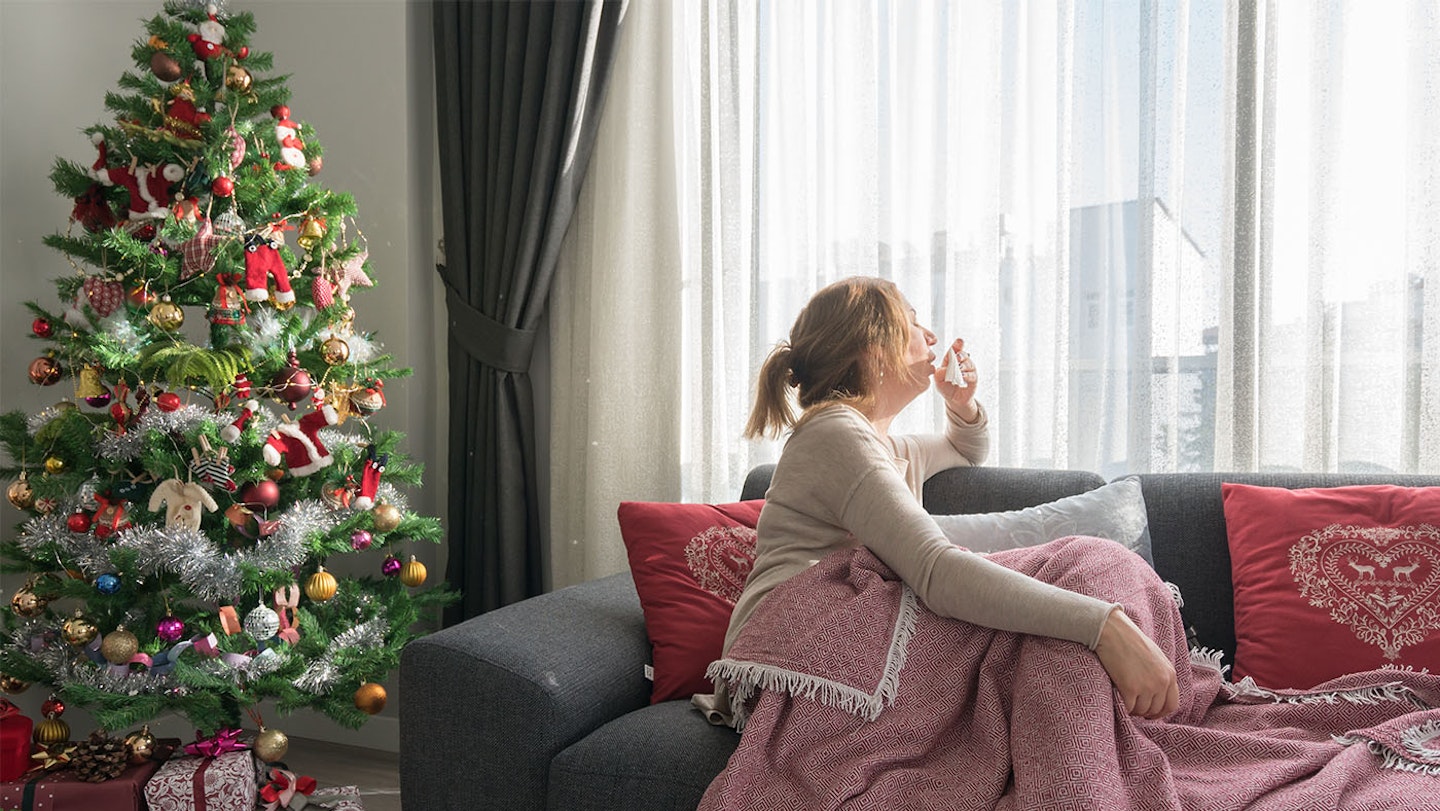Whatever type you may choose, for most of us, a Christmas tree represents the start of the festivities and the countdown to the 25th. But for others, the presence of this classic symbol can lead to a lot more than happy memories.
While it's normal to experience the likes of cold and flu during the chillier months, if you've noticed that this seems to happen every Christmas, it's entirely possible that you might actually have a Christmas tree allergy. We spoke to Abbas Kanani, pharmacist at Chemist Click online pharmacy to find out more.
Could my Christmas tree be triggering my allergies?
Yes, this is possible because allergens and irritants contained in a Christmas tree can also worsen allergies and asthma. Mould found on live Christmas trees can cause severe asthma attacks, fatigue and sinus congestion.
Similarly, artificial trees can often pick up deposits of mould and dust whilst stored in places such as a basement or loft throughout the year.
Symptoms of Christmas tree allergy
People with allergies to Christmas trees may experience a runny nose, watery eyes, sneezing, coughing and wheezing. You may also notice you have itchy eyes, a skin rash and dark circles or bags under the eyes. This can also escalate to potentially serious asthma attacks.
In a warm home, mould spores can multiply which can increase the risk of an asthma attack. Cypress and pine trees can collect high amounts of pollen from other plants before they are cut down, which also triggers asthma and hay fever symptoms once you bring them home.

Causes of Christmas tree allergy
Colophony or rosin is an irritating substance that comes from the sticky sap on a Christmas tree. This sticky resin, derived from pine trees, is recognized as a cause of allergic contact dermatitis.
Contact allergy to colophony is relatively common. It can cause a rash similar to one from poison ivy, developing in the day or two after touching the tree. Generally, symptoms include redness, swelling, itching and fluid-filled blisters. The pollen from Christmas trees is inactive by the winter, but the tree may still be coated in weed pollen, which can trigger an allergic reaction in some people.
What can I do to prevent Christmas tree allergies?
Before bringing your tree inside, shake the tree to remove any unwanted debris stuck to the branches. You can also rinse off live trees using a hosepipe and let them dry in a garage or covered in the shed for a few days. The spread of allergies throughout the house can make symptoms much worse. Isolating the tree by placing it in a closed cold or cool room can help slow down the spread of allergens.
Over-the-counter and prescription antihistamines are recommended for the relief of symptoms such as sneezing, itching, a stuffy or runny nose, and watery eyes.
Fexofenadine is a strong antihistamine containing the active ingredient, fexofenadine hydrochloride. It is used to treat symptoms of allergy, hay fever and itchy skin. Avamys, is a nasal spray that contains a corticosteroid called fluticasone furoate, which helps with congestion, itchy nose and runny nose.
You could also do an allergy test to establish the specific cause. This will help in selecting the best Christmas tree type that may be less aggravating, for example, some people prefer the Concolor fir, while others point out that the Leyland cypress or Eastern white pine may also be great for people with allergies or who are sensitive to trees.
